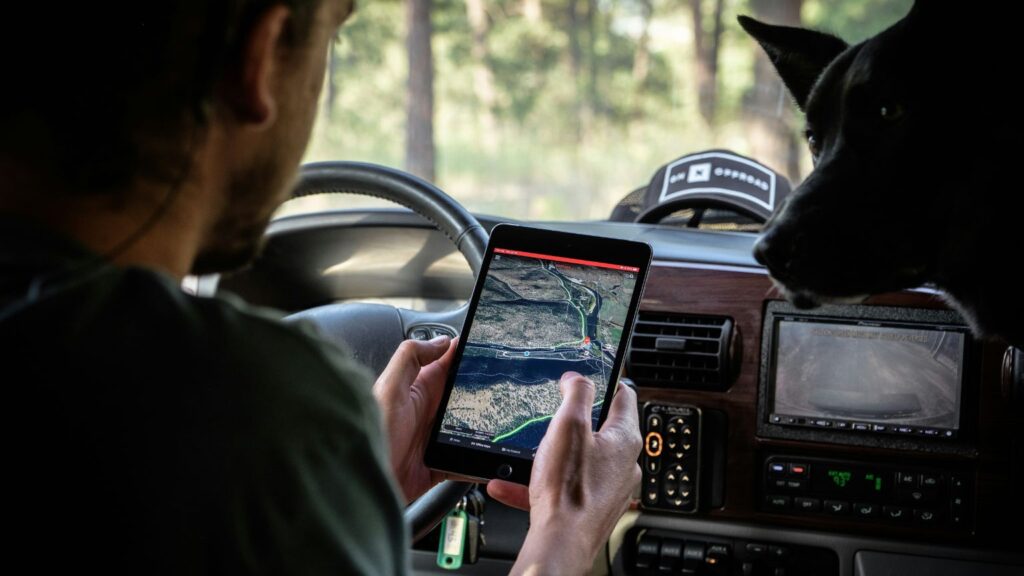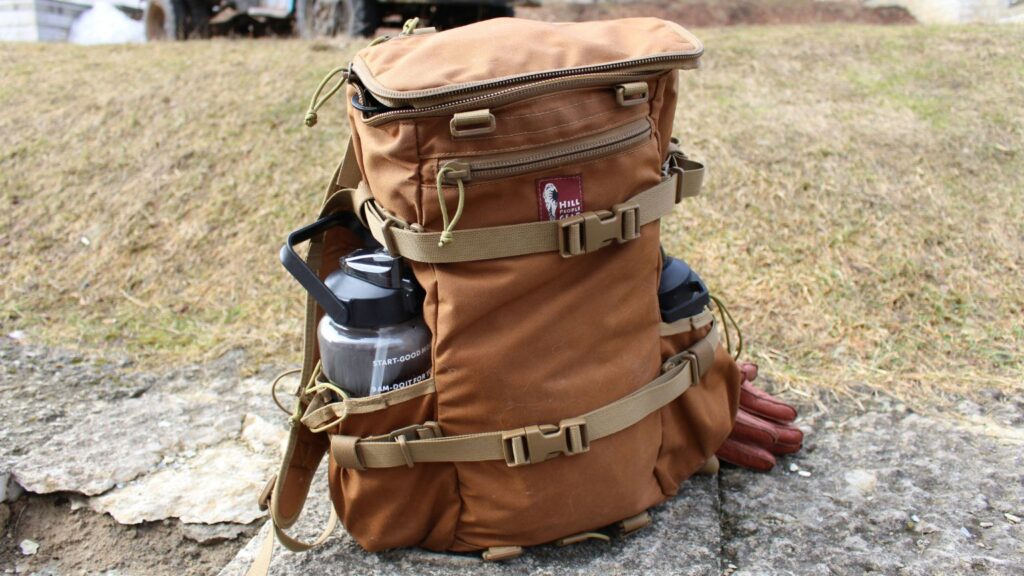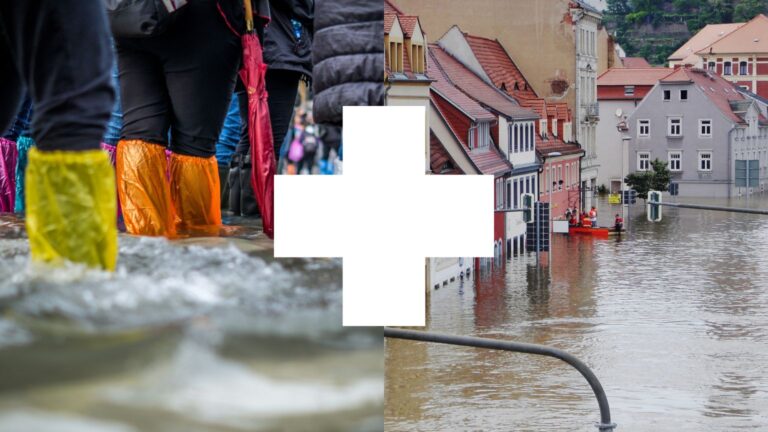An evacuation kit, also known as a bug-out bag or emergency go-bag, is a pre-prepared collection of essential items designed to help you survive and stay safe when you need to evacuate your home quickly. Whether due to natural disasters, man-made emergencies, or other unforeseen events, having an evacuation kit can be the difference between chaos and preparedness.

When Do You Need an Evacuation Kit?
Fire Hazard: Wildfires or house fires can spread rapidly, leaving little time to gather necessary items. An evacuation kit ensures you have everything you need to escape quickly and safely.
Earthquakes: Earthquakes can strike without warning, causing significant damage and making it unsafe to remain indoors. A well-prepared kit helps you sustain yourself until help arrives or you reach a safe location.
Warfare: In situations of armed conflict or civil unrest, having an evacuation kit ready can help you leave dangerous areas swiftly, ensuring your safety and that of your loved ones.
Additional Situations Needing an Evacuation Kit: Hurricanes, floods, chemical spills, and pandemics are other scenarios where an evacuation kit becomes crucial. Preparing for a broad range of emergencies ensures you are ready for any situation.

Building Your Evacuation Backpack
Creating an effective evacuation kit involves thoughtful preparation and consideration of your specific needs. Here’s a basic guide to building your evacuation backpack:
- First Aid Kit: A comprehensive first aid kit is crucial. Include bandages, antiseptics, pain relievers, prescription medications, and any other medical supplies you or your family members may need.
- Water and Food: Pack at least three days’ worth of bottled water and non-perishable food items such as energy bars, canned goods, and dried fruits. Remember a manual can opener if you include canned food.
- Clothing and Bedding: Pack durable, weather-appropriate clothing and sturdy footwear. Include a blanket or sleeping bag, and consider adding thermal blankets for additional warmth.
- Tools and Supplies: Include a flashlight with extra batteries, a multi-tool, a whistle, and waterproof matches or a lighter. A portable phone charger and important personal documents sealed in waterproof containers are also essential.
- Personal Hygiene Items: Pack toiletries such as soap, hand sanitizer, toothbrush, toothpaste, and sanitary supplies. These items help maintain hygiene and comfort during evacuation.
- Communication Devices: A battery-powered or hand-crank radio can keep you informed of emergency updates. Consider including a list of emergency contacts and a small amount of cash.
- Personal Items: Identification (copies of ID, passports), important personal documents (insurance papers, medical records, birth certificates), and emergency cash in small bills and coins.
- Special Needs Items: For infants: diapers, formula, bottles; for elderly: hearing aids, glasses, medical equipment; for pets: pet food, water, bowls, leashes, carriers, copies of vaccination records.

Be Prepared for the Worst
Having an evacuation kit is about being prepared for the worst-case scenarios. Regularly check and update your kit to ensure all items are in working order and that food and medications are not expired.
Make an Escape Plan for Leaving the City
Preparation extends beyond the physical kit. Develop a clear and practiced escape plan:
- Identify Evacuation Routes: Know multiple routes out of your city in case primary roads are blocked or unsafe.
- Designate Meeting Points: Have pre-determined meeting spots for family members in case you are separated.
- Stay Informed: Keep up-to-date with local emergency services and evacuation orders.
- Practice Drills: Regularly practice your evacuation plan with your family to ensure everyone knows their roles and the routes.
- Community Resources: Identify local shelters, hospitals, and emergency services in your escape routes.

Don’t Use Military Clothes During Warfare
In situations of warfare, wearing military-style clothing can be dangerous as it may make you a target. Opt for civilian attire that is comfortable and blends into your environment. The goal is to avoid drawing unnecessary attention to yourself and to ensure your safety.
Psychological Preparedness
Mental Health: Pack items that provide comfort and mental relief, such as books, cards, or small games, especially if you have children.
Support Networks: Have a list of contacts for family, friends, and local support groups.
Communication Plan
Communication Strategy: Establish a communication plan with family and friends. Agree on a primary and secondary meeting point and a contact person outside the immediate area.
Kit Maintenance
Regular Checks: Schedule regular checks (every 6 months) to update and replenish supplies, ensure food and water are not expired, and that clothing still fits and is appropriate for the season.
Kit Accessibility: Ensure your kit is stored in an easily accessible location and that all family members know where it is.
Customization Tips
Tailoring the Kit: Provide tips on customizing the evacuation kit based on personal and regional needs, such as climate-specific items for hot or cold environments.
Neighborhood Preparedness: Strengthening Community Resilience
In times of crisis, a strong and united community can make all the difference. Encouraging readers to get involved in community emergency preparedness programs and to share their plans and resources with neighbors is a vital step towards building resilience and safeguarding against disaster. Here’s why neighborhood preparedness matters and how individuals can contribute to creating a safer and more resilient community:
Why Neighborhood Preparedness Matters
- Faster Response Times: In emergencies, every second counts. A well-prepared neighborhood can respond more quickly to emergencies, potentially saving lives and reducing property damage.
- Mutual Aid and Support: By working together, neighbors can provide mutual aid and support to those in need during and after a crisis. This sense of community can alleviate stress and foster a spirit of resilience.
- Resource Sharing: Sharing resources such as tools, equipment, and supplies can help ensure that everyone has access to essential resources when needed most.
- Information Exchange: In times of crisis, accurate information is crucial. Neighborhood networks can serve as a reliable source of information, helping residents stay informed and make informed decisions.
How Individuals Can Contribute
- Join Community Preparedness Programs: Get involved in local emergency preparedness initiatives, such as Community Emergency Response Teams (CERT), neighborhood watch programs, or disaster preparedness workshops. These programs provide valuable training and resources for handling emergencies.
- Share Knowledge and Skills: Share your knowledge and skills with neighbors by offering to lead training sessions or workshops on emergency preparedness topics such as first aid, CPR, or disaster response.
- Establish Communication Channels: Create communication channels within your neighborhood, such as phone trees, email lists, or social media groups, to facilitate information sharing and coordination during emergencies.
- Organize Neighborhood Drills: Coordinate emergency preparedness drills and exercises with your neighbors to practice evacuation routes, communication procedures, and emergency response protocols.
- Develop a Neighborhood Emergency Plan: Work together with your neighbors to develop a comprehensive neighborhood emergency plan that outlines evacuation routes, designated meeting points, resource-sharing agreements, and communication protocols.
- Share Resources: Pool resources with your neighbors to create community emergency kits, stockpile essential supplies, and invest in shared infrastructure such as backup power generators or emergency shelters.
Neighborhood preparedness is essential for building resilient communities capable of withstanding and recovering from emergencies. By getting involved in community emergency preparedness programs and sharing plans and resources with neighbors, individuals can play a crucial role in strengthening their community’s ability to respond to and recover from disasters.
Together, we can create safer, more resilient neighborhoods that are better equipped to face whatever challenges may come our way.
Evacuation Kit Checklist
Printable Checklist: An evacuation kit checklist is a detailed list of essential items and tasks designed to help individuals and families prepare for a quick and efficient evacuation in the event of an emergency. This checklist ensures that you have everything necessary to survive and stay safe during and after an evacuation, whether it’s due to natural disasters, man-made emergencies, or other unforeseen events.
Conclusion
An evacuation kit is a critical component of emergency preparedness. By assembling a well-thought-out kit and having a clear evacuation plan, you can ensure that you and your loved ones are ready to face emergencies with confidence and resilience. Remember, preparation is key to navigating any crisis safely and effectively.









